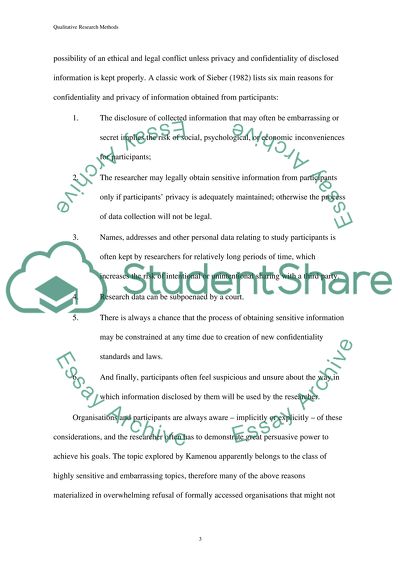Cite this document
(“Qualitative Research Methods Book Report/Review”, n.d.)
Qualitative Research Methods Book Report/Review. Retrieved from https://studentshare.org/science/1515998-qualitative-research-methods
Qualitative Research Methods Book Report/Review. Retrieved from https://studentshare.org/science/1515998-qualitative-research-methods
(Qualitative Research Methods Book Report/Review)
Qualitative Research Methods Book Report/Review. https://studentshare.org/science/1515998-qualitative-research-methods.
Qualitative Research Methods Book Report/Review. https://studentshare.org/science/1515998-qualitative-research-methods.
“Qualitative Research Methods Book Report/Review”, n.d. https://studentshare.org/science/1515998-qualitative-research-methods.


